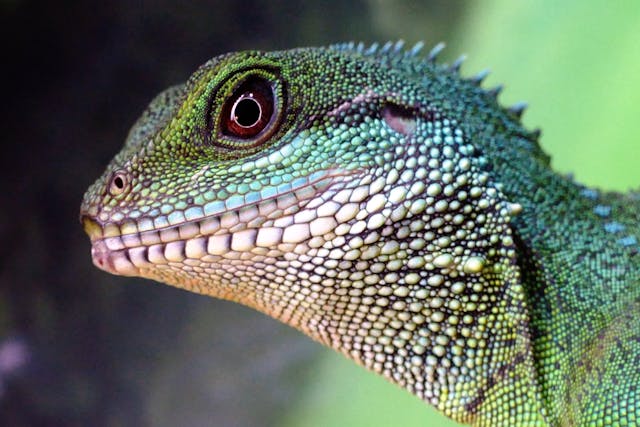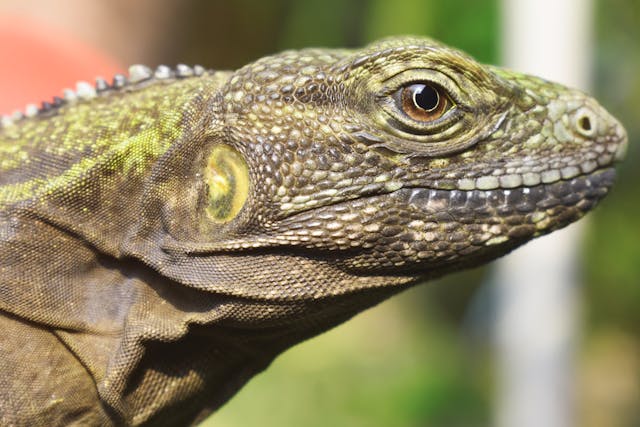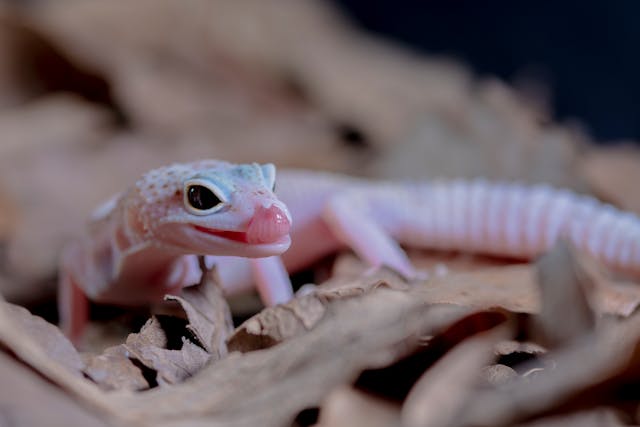Crested geckos (Correlophus ciliatus) have captured the hearts of reptile enthusiasts worldwide with their striking appearance, gentle demeanor, and unique breeding behaviors. As one of the most popular reptile species in the pet trade, breeding crested geckos offers a fascinating journey into the world of herpetoculture. In this blog post, we’ll delve into the intricacies of breeding these captivating creatures, from selecting breeding stock to caring for hatchlings.

Understanding Crested Gecko Biology:
Native to New Caledonia, crested geckos are arboreal lizards known for their distinctive crests along their heads and backs, as well as their ability to regenerate lost tails. Unlike many reptiles, crested geckos do not require a cooling period to induce breeding. Instead, they rely on environmental cues such as temperature and humidity changes to trigger reproductive activity.
Selecting Breeding Stock:
Successful breeding begins with selecting healthy, genetically diverse crested geckos. When choosing breeding pairs, breeders look for individuals with vibrant coloration, well-defined crests, and robust body structure. It’s essential to avoid breeding geckos with known genetic defects or health issues to maintain the overall health and vitality of the offspring.

Creating the Ideal Breeding Environment:
Creating a suitable breeding environment is crucial for stimulating reproductive behavior in crested geckos. Enclosures should provide ample space for climbing and hiding, as well as appropriate temperatures and humidity levels. Many breeders utilize bioactive setups with live plants and naturalistic decor to replicate the geckos’ natural habitat and encourage breeding behaviors.
Monitoring Reproductive Cycles:
Crested geckos typically breed throughout the year, although breeding activity may increase during the warmer months. Breeders monitor their geckos for signs of reproductive readiness, such as increased appetite, weight gain, and territorial behavior. Males may display vocalizations and head bobbing to attract females, while females may exhibit receptive behaviors such as tail wagging and digging.

Egg Incubation:
Once mating occurs, female crested geckos will lay a pair of eggs every 4-6 weeks throughout the breeding season. Breeders carefully collect the eggs and place them in a suitable incubation medium, such as vermiculite or perlite, to ensure proper development. Incubation temperatures typically range between 72-80°F (22-27°C), with hatchlings emerging after approximately 60-90 days.
Care of Hatchlings:
Hatchling crested geckos require attentive care to thrive in captivity. Breeders provide small, appropriately sized enclosures with plenty of hiding spots and climbing opportunities. Hatchlings feed primarily on a diet of live insects and commercial crested gecko diet, supplemented with calcium and vitamin D3 to support healthy growth and development.

Conclusion:
Breeding crested geckos is a rewarding and enriching experience that allows enthusiasts to witness the wonders of nature firsthand. By understanding the unique biology and behavior of these remarkable creatures, breeders can successfully propagate their populations while promoting responsible pet ownership. Whether you’re a seasoned breeder or a novice enthusiast, the world of crested gecko breeding offers endless opportunities for learning, discovery, and appreciation of these captivating reptiles.
Another source of info: https://www.thesprucepets.com/care-of-crested-geckos-1238764
Go back to our Home Page